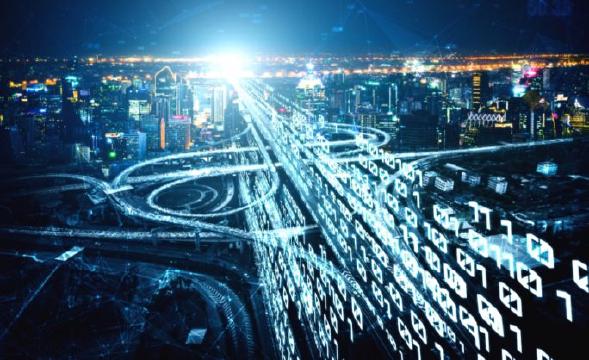Excerpt§
The SHA-256 fingerprint refers to the unique 256-bit hash value produced when the SHA-256 algorithm is applied to data. This fingerprint enables reliable data integrity verification and authentication across cybersecurity use cases.
Introduction§
Cryptographic hash functions like SHA-256 play a vital role in securing data and communications in the digital world. The SHA-256 algorithm generates a unique fingerprint or digest for any input, providing a secure mechanism for data integrity verification. But what exactly is the SHA-256 fingerprint and why is it important? Let’s find out.
Understanding SHA-256§
SHA-256 stands for Secure Hash Algorithm 256-bit. It was designed by the NSA and belongs to the SHA-2 family of cryptographic hashes.
Some key properties of SHA-256:
- Generates a 256-bit (32 bytes) hash output.
- Highly complex algorithm relying on bitwise operations and modular addition.
- Provides excellent collision resistance due to its design and large output size.
- Faster than the 512-bit SHA-512 but considered more secure than SHA-1.
How SHA-256 Works§
The SHA-256 algorithm takes an input message of any length. It undergoes multiple rounds of hashing computations involving bitwise logic, modulo operations, and constants. After 64 rounds, the 256-bit fingerprint or digest is generated.
An free online tool to quickly verify your answersSome core principles of SHA-256:
- One-way function - cannot reverse generate input from output.
- Small change in input changes entire output.
- Computationally infeasible for two inputs to generate the same hash.
These ensure the security and uniqueness of the SHA-256 fingerprint.
Applications of SHA-256§
SHA-256 is extensively used in:
- Digital signatures - Used in signing certificates, documents, software, etc.
- Password hashing - Converts passwords into unique fingerprints for secure storage.
- Data integrity -Fingerprints used to verify data has not been altered.
- Blockchains - Used in Bitcoin and other cryptocurrency transactions.
SHA-256 Fingerprint§
The SHA-256 fingerprint refers to the 256-bit (32 bytes) hash value generated when the SHA-256 algorithm is applied to an input message or data file.
Some examples of SHA-256 fingerprints:
12cf24dba5fb0a30e26e83b2ac5b9e29e1b161e5c1fa7425e73043362938b9824
21a968411d1c7808967634ea9fa4d3437a5bfdc899c491bb547e609620bd6d53f
textThe fingerprint is unique to every input due to SHA-256’s security properties. Even a minor change completely alters the fingerprint, enabling reliable data integrity verification.
Benefits and Limitations§
SHA-256 fingerprints provide the following advantages:
- Unique - Drastically different fingerprints for similar inputs.
- Irreversible - Cannot obtain inputs from fingerprints.
- Consistent - Same input always gives the same output.
- Collision resistant - Hard to find inputs with identical fingerprints.
But there are some limitations:
- Not quantum resistant - Vulnerable to attacks using quantum computers.
- Slower than less secure algorithms like MD5 and SHA-1.
- Theoretical vulnerabilities may emerge in the future.
Conclusion§
The SHA-256 fingerprint is a compact 256-bit hash value that reliably identifies input data with strong security guarantees. Leveraging the robustness of the SHA-256 algorithm, these fingerprints are invaluable for data integrity and authentication across many cybersecurity applications. As computing power evolves, new hash algorithms are emerging but SHA-256 remains the gold standard for security in the foreseeable future.















